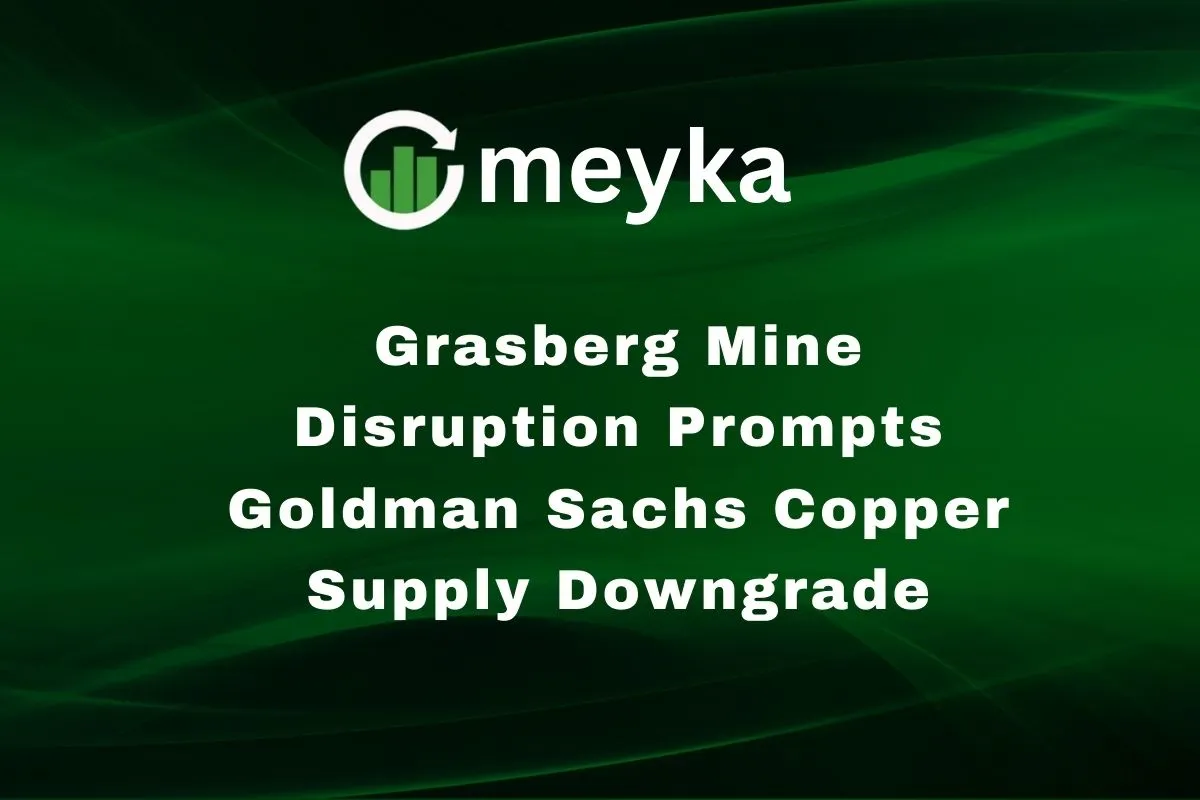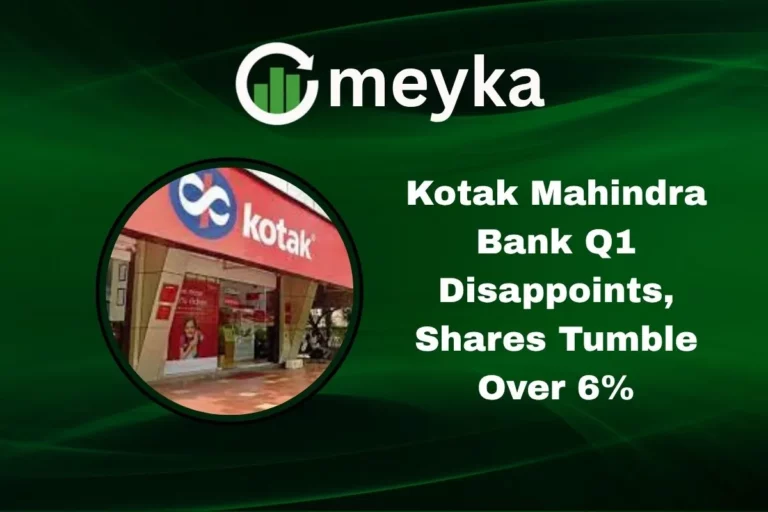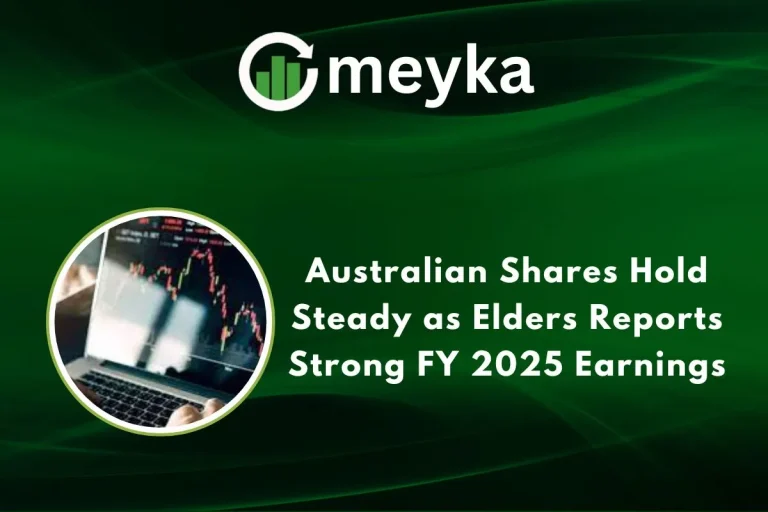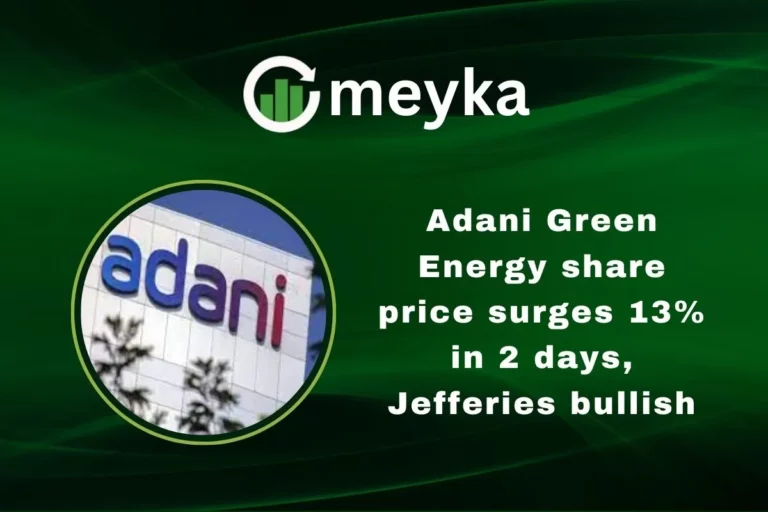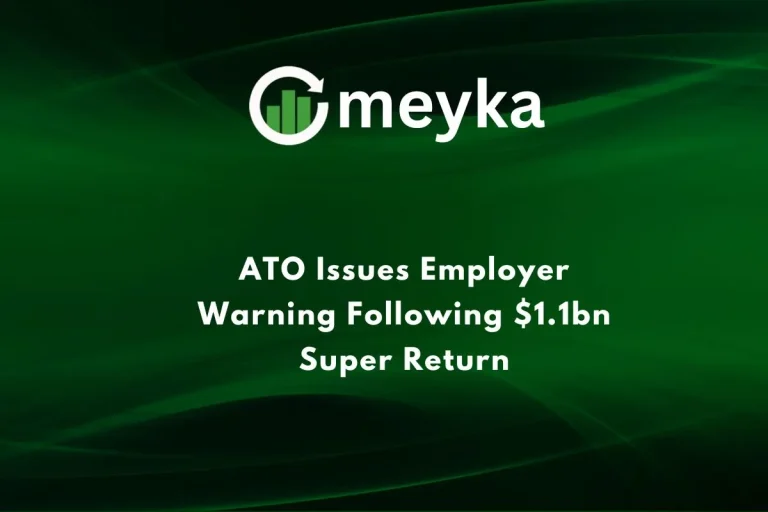Grasberg Mine Disruption Prompts Goldman Sachs Copper Supply Downgrade
On September 8, a huge flow of mud slammed into the underground workings of the Grasberg mine in Papua, Indonesia. Two workers died, and five remain missing. Freeport-McMoRan declared force majeure. The disruption is serious; it has forced Goldman Sachs to cut its global copper supply forecasts for 2025 and 2026. We are now facing a tighter copper market ahead.
Background: Grasberg Mine’s Importance
Grasberg is located in Central Papua, Indonesia. It is run by PT Freeport Indonesia, in partnership with Freeport-McMoRan and the Indonesian government. It is one of the world’s biggest copper and gold mines, producing ore from deep block cave systems and open pits. For many years, it has contributed several percent of global copper output. The mine also holds large reserves.
Because of its size and output, any disruption at Grasberg sends ripples across the global copper market.
The Current Disruption
The trouble began on September 8, when about 800,000 metric tons of wet material rushed into the mine levels. This “mud flow” blocked tunnels and access routes. The trapped workers were in development zones when the flood struck.
As a result, mining operations in the Grasberg minerals district have been halted since that day. Freeport says unaffected zones of Big Gossan and Deep MLZ might resume by mid-Q4 2025, but full ramp-up is likely delayed into 2026 and 2027.
Infrastructure damage, blocked haulage, and safety concerns mean that production losses will be steep.
Goldman Sachs Copper Supply Downgrade
Because of the disruption, Goldman Sachs cut its global copper mine supply forecast. They estimate a supply loss of 525,000 metric tons. For the second half of 2025, Goldman downshifted its forecast by 160,000 tons, and by 200,000 tons for 2026. Goldman now expects that Grasberg’s output will drop by 250,000-260,000 tons in 2025 and by about 270,000 tons in 2026.
Before the disruption, Goldman predicted global copper mine production would grow 0.8% in 2025; now it has been lowered to just 0.2%. For 2026, the forecast was trimmed from 2.2% to 1.9% growth. What was once a projected surplus of 105,000 tons in 2025 now turns into a deficit of 55,500 tons.
Goldman sees upside risk in copper prices: the December 2025 price range might rise to $10,200–$10,500 per ton, compared to its earlier $9,700 forecast. Their long-term target for 2027 remains $10,750 per ton.
Global Copper Market Impact
Copper prices responded quickly. On September 24, 2025, copper on the London Metal Exchange jumped by nearly 4%. The surge reflects a sudden tightening of supply. Investors and traders are now bracing for more volatility. Some futures contracts saw sharp moves upward.
In the short term, supply fears dominate sentiment. But in the longer run, markets will look at how quickly Grasberg and other mines recover.
Broader Industry Effects
With Grasberg slowed, other mining operations may benefit. Chile, Peru, and Congo, where major copper projects exist, might see greater demand. Smaller mines may scale up production, or new projects may be fast-tracked. But shifting supply is not always easy: infrastructure, capital, logistics, and environmental permits slow down expansions.
Also, industries dependent on copper, construction, renewable energy, electric vehicles, and electronics may face higher input costs.
Economic & Geopolitical Angle
Copper is a core “green economy metal.” It’s essential for wiring, batteries, grids, and EV motors. When access to big mines like Grasberg is disrupted, the energy transition path feels riskier.
Indonesia’s mining policy also matters. The government holds a majority share in Grasberg, and standards or regulatory changes can affect operations.
Relying heavily on a few giant mines is risky; political, environmental, or accident risks in one location can shake global supply.
Outlook: What’s Next?
We expect a slow recovery. Freeport says unaffected zones may resume mid-Q4 2025, with a phased ramp-up in 2026. Full return to pre-incident rates might only happen in 2027. Goldman Sachs remains bullish over the long term, but near-term risks are high. Recycling, scrap copper, and alternative sources may play a bigger role in filling gaps.
Demand for copper is expected to keep rising in 2025–2030, especially with growth in clean energy and electronics.
Conclusion
The Grasberg mine disruption is a major shock for the copper world. Because of it, Goldman Sachs downgraded global supply forecasts and turned a projected surplus into a deficit. This shows how fragile supply chains can be when big mines face accidents or disruptions. Copper’s central role in modern technology and green energy makes these developments even more critical. We must watch closely how Grasberg recovers, and whether markets can find new sources to meet surging demand.
FAQS:
Copper is strong because demand is high in electric cars and clean energy. Prices may rise, but investors should know supply issues can bring sudden risks.
Copper prices face risks from mine accidents, strikes, and global politics. Economic slowdowns can lower demand. Fast changes in supply and demand often make prices swing.
Copper is still a good choice in 2025 as clean energy grows. But market shocks, inflation, and mine problems can create ups and downs for investors.
Disclaimer:
This content is for informational purposes only and is not financial advice. Always conduct your research.
